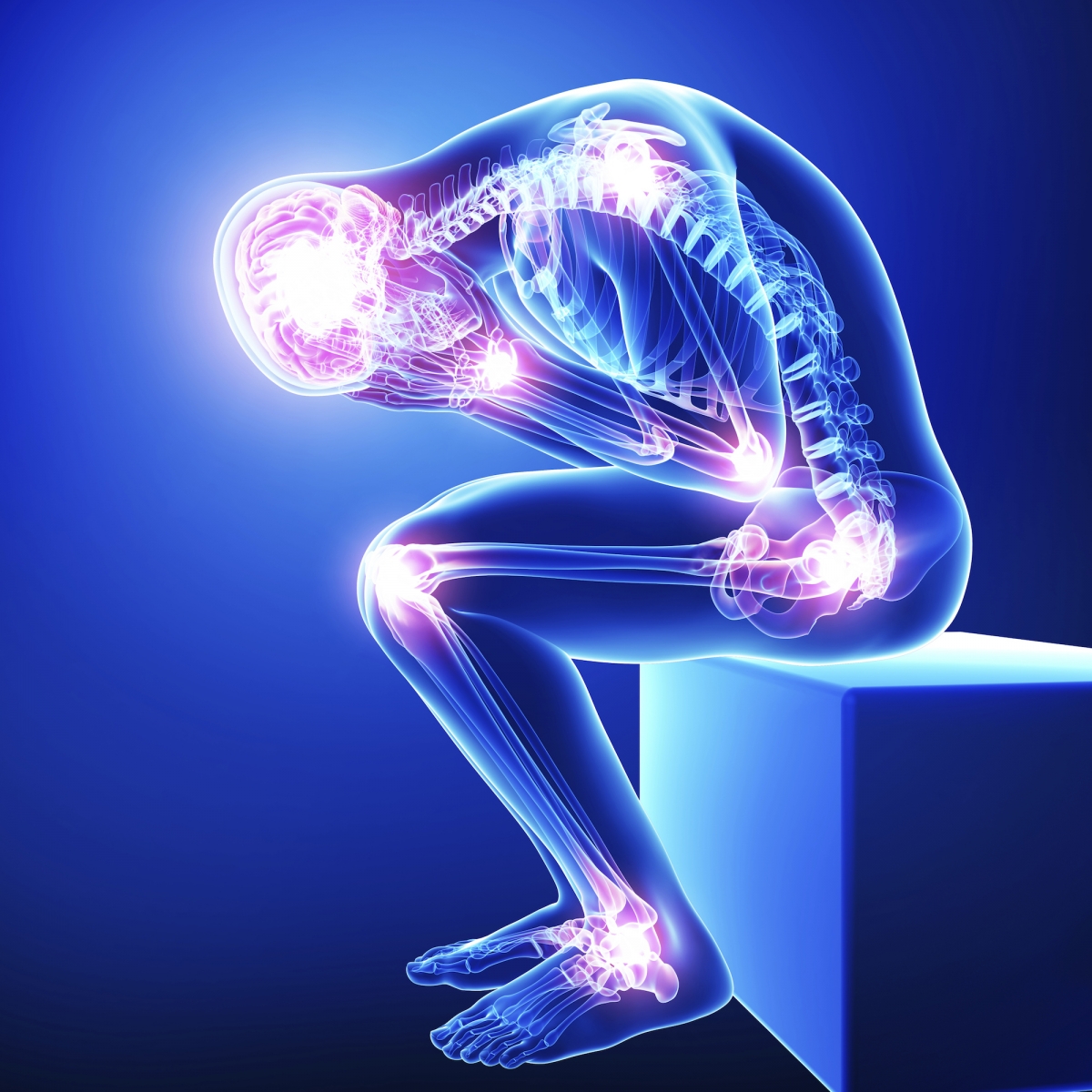Charité - Universitätsmedizin Berlin
 Researchers from Charité -- Universitätsmedizin Berlin have
discovered a new way of developing painkillers. The team of researchers used
computational simulation to analyze interactions at opioid receptors -- the
cell's docking sites for painkillers.
Researchers from Charité -- Universitätsmedizin Berlin have
discovered a new way of developing painkillers. The team of researchers used
computational simulation to analyze interactions at opioid receptors -- the
cell's docking sites for painkillers. When used in an animal model, their prototype of a morphine-like molecule was able to produce substantial pain relief in inflamed tissues.
However, healthy tissues remained unaffected, suggesting that the severe side effects currently associated with these types of painkillers might be avoided. This research has been published in the current issue of the journal Science.
Opioids
are a class of strong pain killers. They are mainly used to treat pain
associated with tissue damage and inflammation, such as that caused by surgery,
nerve damage, arthritis or cancer.
Common side effects associated with their use include drowsiness, nausea, constipation and dependency and, in some cases, respiratory arrest.
"By analyzing drug-opioid receptor interactions in damaged tissues, as opposed to healthy tissues, we were hoping to provide useful information for the design of new painkillers without harmful side effects," explains Prof. Dr. Christoph Stein, Head of the Department of Anesthesiology and Surgical Critical Care Medicine on Campus Benjamin Franklin.
In cooperation with PD Dr. Marcus Weber from the Zuse Institute Berlin, and with the help of innovative computational simulations, the researchers were able to analyze morphine-like molecules and their interactions with opioid receptors.
They were able to successfully identify a new mechanism of action, which is capable of producing pain relief only in the desired target tissues -- those affected by inflammation.
Common side effects associated with their use include drowsiness, nausea, constipation and dependency and, in some cases, respiratory arrest.
"By analyzing drug-opioid receptor interactions in damaged tissues, as opposed to healthy tissues, we were hoping to provide useful information for the design of new painkillers without harmful side effects," explains Prof. Dr. Christoph Stein, Head of the Department of Anesthesiology and Surgical Critical Care Medicine on Campus Benjamin Franklin.
In cooperation with PD Dr. Marcus Weber from the Zuse Institute Berlin, and with the help of innovative computational simulations, the researchers were able to analyze morphine-like molecules and their interactions with opioid receptors.
They were able to successfully identify a new mechanism of action, which is capable of producing pain relief only in the desired target tissues -- those affected by inflammation.
Treating
postoperative and chronic inflammatory pain should now be possible without
causing side effects. Doing so would substantially improve patient quality of
life.
The study's first authors, Dr. Viola Spahn and Dr. Giovanna Del Vecchio, explain: "In contrast to conventional opioids, our NFEPP-prototype appears to only bind to, and activate, opioid receptors in an acidic environment. This means it produces pain relief only in injured tissues, and without causing respiratory depression, drowsiness, the risk of dependency, or constipation."
After designing and synthesizing the drug prototype, the researchers subjected it to experimental testing.
Using computer modeling, the researchers simulated an increased concentration of protons, thereby mimicking the acidic conditions found in inflamed tissues.
"We were able to show that the protonation of drugs is a key requirement for the activation of opioid receptors," conclude the authors. Their findings, which may also apply to other types of pain, may even find application in other areas of receptor research. Thereby, the benefits of improved drug efficacy and tolerability are not limited to painkillers, but may include other drugs as well.
The study's first authors, Dr. Viola Spahn and Dr. Giovanna Del Vecchio, explain: "In contrast to conventional opioids, our NFEPP-prototype appears to only bind to, and activate, opioid receptors in an acidic environment. This means it produces pain relief only in injured tissues, and without causing respiratory depression, drowsiness, the risk of dependency, or constipation."
After designing and synthesizing the drug prototype, the researchers subjected it to experimental testing.
Using computer modeling, the researchers simulated an increased concentration of protons, thereby mimicking the acidic conditions found in inflamed tissues.
"We were able to show that the protonation of drugs is a key requirement for the activation of opioid receptors," conclude the authors. Their findings, which may also apply to other types of pain, may even find application in other areas of receptor research. Thereby, the benefits of improved drug efficacy and tolerability are not limited to painkillers, but may include other drugs as well.